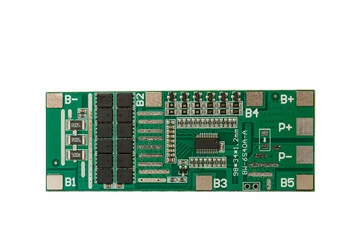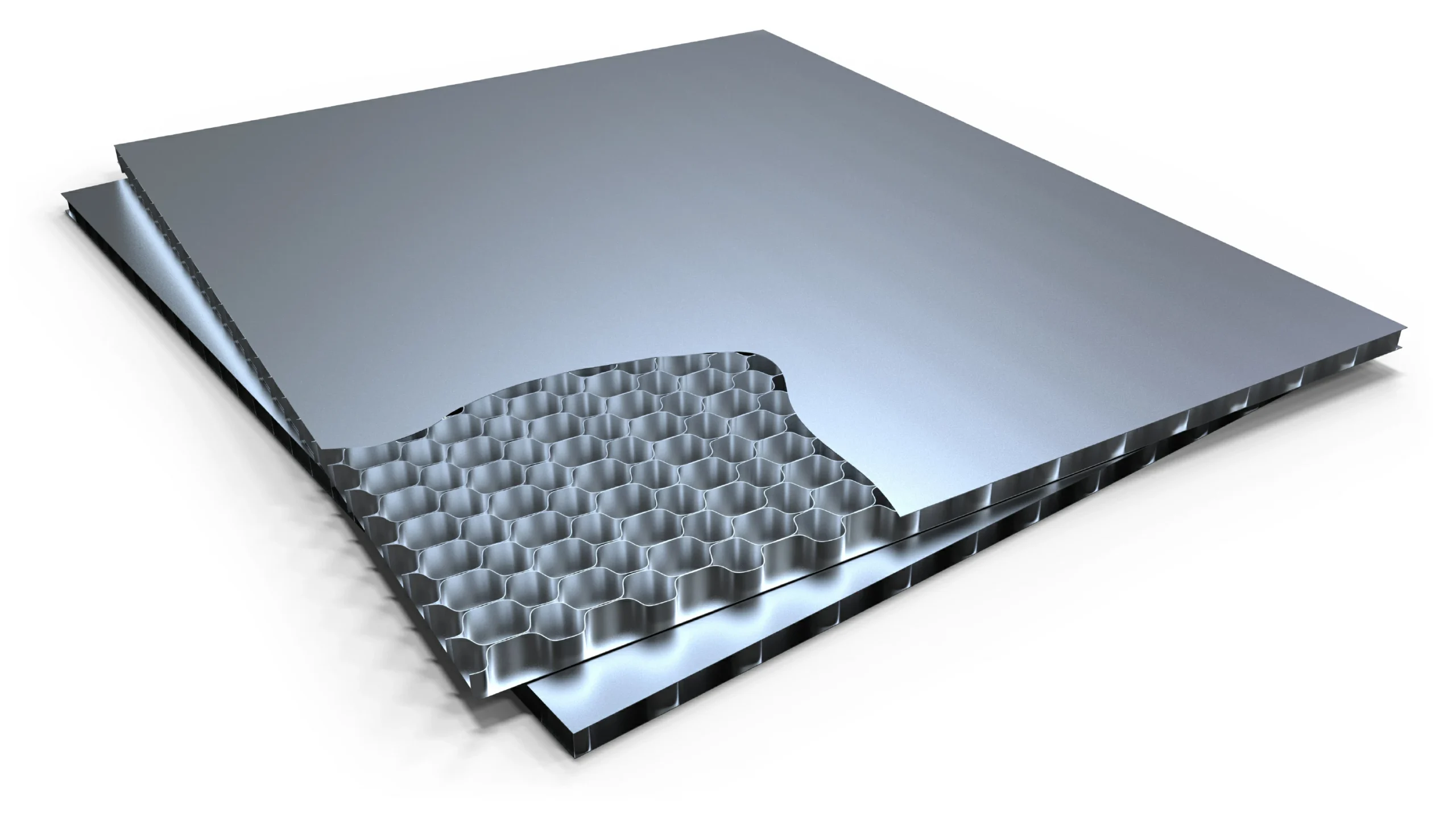Temperature Sensing Network Materials in BMS
main content
A robust temperature sensing network in motorcycle lithium battery BMS relies on advanced materials to ensure precise thermal monitoring, safety, and performance optimization. These materials form the backbone of sensors and supporting components, enabling real-time data collection and heat management in extreme conditions. Below, we analyze the core materials, their functional advantages, and design considerations critical for modern BMS systems.
Core Materials in Temperature Sensing Networks
1.Thermistors (NTC/PTC)
Thermistors, particularly Negative Temperature Coefficient (NTC) types, are widely used due to their high sensitivity and cost-effectiveness. Made from metal oxides like manganese, cobalt, or nickel, they exhibit a predictable resistance drop as temperatures rise . NTC thermistors excel in detecting localized hotspots near battery cells or balancing circuits. Their compact size and rapid response make them ideal for integration into tight spaces common in motorcycle batteries.
Example: NTC sensors with ±1% resistance tolerance ensure accurate readings even in high-vibration environments.
2.Thermocouples
Composed of two dissimilar metals (e.g., chromel-alumel), thermocouples generate voltage proportional to temperature differences. They withstand extreme ranges (-40°C to 150°C), making them suitable for monitoring battery surfaces during high-current operations like engine ignition. However, their lower sensitivity compared to thermistors requires careful signal amplification .
3.Digital Sensors (e.g., DS18B20)
Silicon-based digital sensors provide ±0.5°C accuracy and simplify integration via protocols like I2C or SPI. Encapsulated in durable materials like stainless steel, they resist moisture and mechanical stress. These sensors are often embedded between battery modules to detect heat buildup without physical contact interference.
4.Fiber Optic Sensors
Fiber optic cables with Bragg gratings or distributed temperature sensing (DTS) technology offer non-invasive, high-precision monitoring. Made from silica glass or polymer cores, they eliminate electromagnetic interference and are ideal for high-voltage environments. While costly, their durability and ability to cover large areas make them valuable for premium BMS designs.
5.Infrared Sensors
Infrared (IR) sensors use semiconductor materials like lead selenide to measure thermal radiation from battery surfaces. They enable contactless monitoring, reducing wiring complexity and wear in high-vibration setups. IR sensors are often paired with thermistors for redundancy in critical applications.
Material Selection Criteria
Temperature Range: Materials must withstand -40°C to 150°C, common in motorcycle batteries during charging or extreme weather.
Signal Stability: Low-drift materials (e.g., platinum RTDs) maintain accuracy over time, crucial for predictive maintenance algorithms .
Durability: Vibration-resistant coatings (e.g., epoxy resins) and corrosion-proof casings (stainless steel, silicone) ensure longevity.
Integration Flexibility: Compact designs and standardized outputs (analog/digital) simplify compatibility with BMS microcontrollers like STM32 .
Why Material Choice Matters
Safety: High-accuracy materials prevent thermal runaway by detecting anomalies early, reducing fire risks.
Efficiency: Low-drift sensors optimize charge/discharge cycles, extending battery lifespan by up to 20%.
Compliance: Materials meeting IEC 62133 and UN38.3 standards ensure global regulatory adherence.
Conclusion
The temperature sensing network materials in motorcycle lithium battery BMS combine precision, durability, and adaptability to safeguard performance in harsh conditions. From cost-effective NTC thermistors to cutting-edge fiber optics, each material addresses specific challenges in thermal management. By prioritizing advanced materials, manufacturers can enhance safety, extend battery life, and meet evolving industry demands.

START-STOP LITHIUM battery
Enov start-stop battery is designed to provide excellent performance for high-demand start-stop vaehicles. It adopts the third-generation intelligent lithium platform architecture to achieve technological breakthroughs in core indicators such as cycle life, environmental adaptability and energy density. Compared with the traditional lead-acid battery system, the energy efficiency is increased by 210%, the cycle life is extended by 8-10 times, and the monthly self-discharge rate is controlled within 3%. Enov's unique low-temperature battery technology makes a breakthrough in achieving stable output in the whole climate domain from -30℃ to 65℃, maintaining more than 90% of the effective capacity release under extremely cold conditions (-30℃), and maintaining 90% of the capacity in high temperature environments (65℃).
The start-stop battery series products cover the mainstream voltage platform of 12V/24V/48V, and support flexible configuration of LFP (lithium iron phosphate) and NCM (lithium nickel cobalt manganese oxide) dual-material system. All models adopt modular design to support customization of different model specifications. Enuo engineering and technical team to provide full cycle technical service support, if you need, please contact us.
Other products
UAV BATTERY
LITHIUM ENERGY STORAGE BATTERY
QUICK INQUIRY
FAQ
Access to high frequency technical questions with one click, get accurate answers on product application, after-sales policy and customization process.
Service and Support
Get the latest product specifications, explore professional OEM/ODM customization services, click to open exclusive technical support and production solutions.
Become a Partner
We sincerely invite resources to interconnect, work together for win-win development, and immediately open a new chapter of strategic cooperation!





